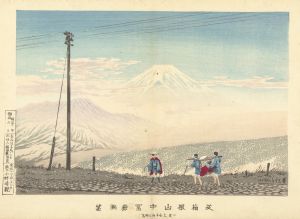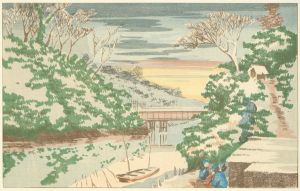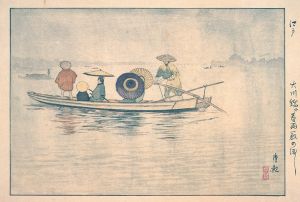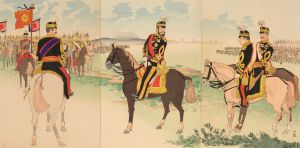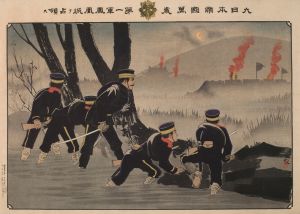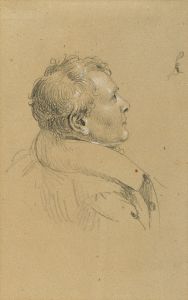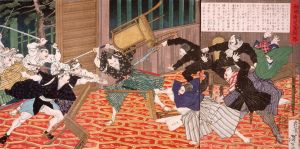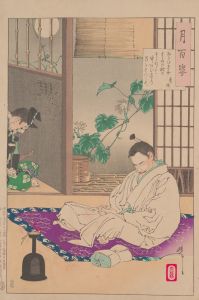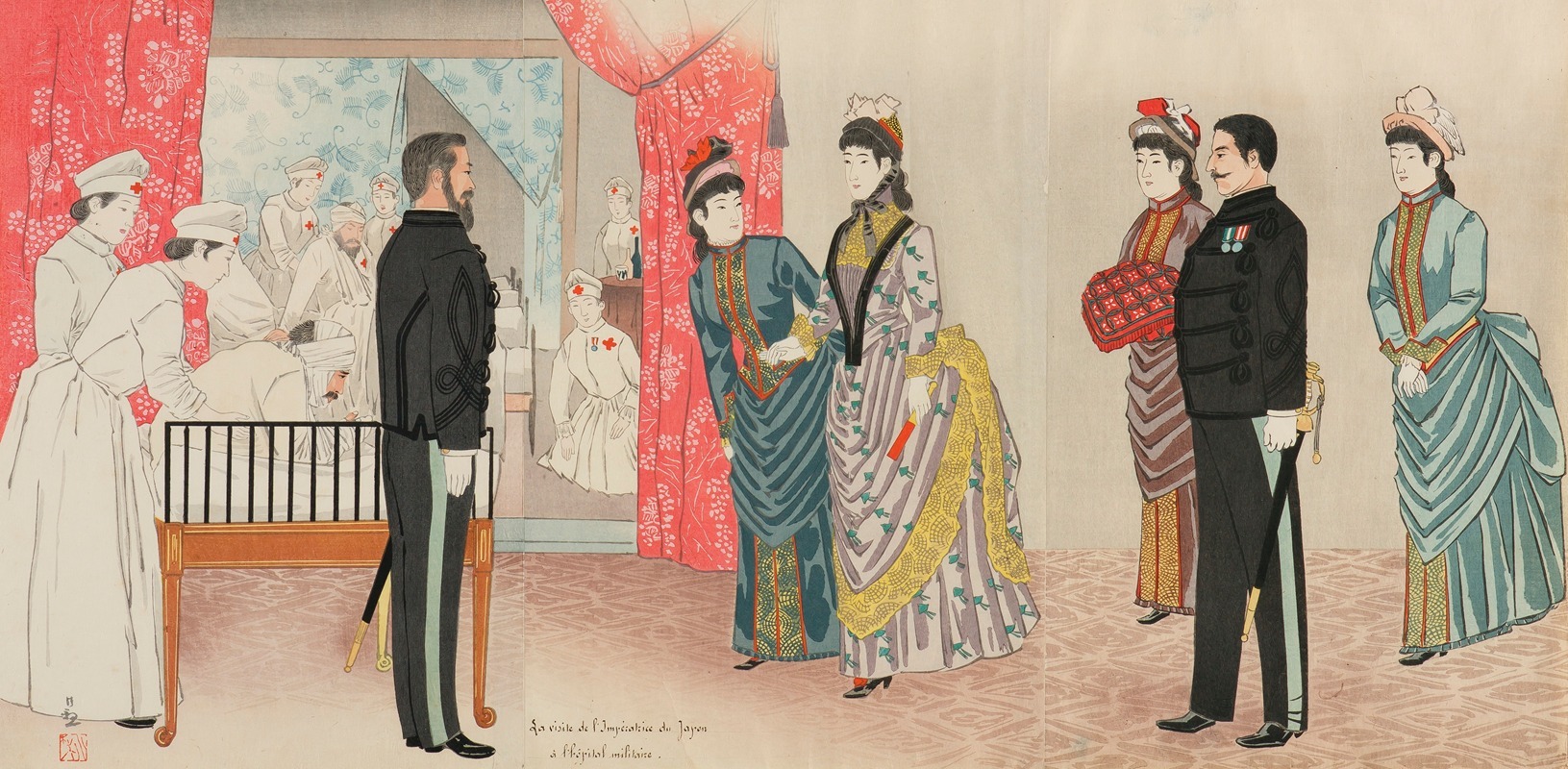
Imperial Visit to a Field Hospital
A hand-painted replica of Kobayashi Kiyochika’s masterpiece Imperial Visit to a Field Hospital, meticulously crafted by professional artists to capture the true essence of the original. Each piece is created with museum-quality canvas and rare mineral pigments, carefully painted by experienced artists with delicate brushstrokes and rich, layered colors to perfectly recreate the texture of the original artwork. Unlike machine-printed reproductions, this hand-painted version brings the painting to life, infused with the artist’s emotions and skill in every stroke. Whether for personal collection or home decoration, it instantly elevates the artistic atmosphere of any space.
"Imperial Visit to a Field Hospital" is a notable artwork by the Japanese artist Kobayashi Kiyochika, who is renowned for his ukiyo-e woodblock prints and paintings. Kiyochika was active during the Meiji era, a period marked by Japan's rapid modernization and Westernization following the end of its isolationist policies. His works often reflect the socio-political changes and the impact of modernization on Japanese society.
This particular piece, "Imperial Visit to a Field Hospital," is part of a series of prints that Kiyochika created to document the First Sino-Japanese War (1894-1895). The war was a significant conflict between the Qing Dynasty of China and the Empire of Japan, primarily over control of Korea. It marked Japan's emergence as a major world power and highlighted the effectiveness of its modernization efforts.
Kiyochika's artwork captures a moment during the war when members of the Japanese imperial family visited a field hospital. This visit was likely intended to boost morale among the troops and to demonstrate the imperial family's support for the military efforts. The depiction of such events was common in wartime propaganda, serving to reinforce national unity and pride.
The composition of the artwork is typical of Kiyochika's style, which often combines traditional Japanese aesthetics with Western techniques. His use of light and shadow, as well as perspective, shows the influence of Western art, which he had studied. This blend of styles is evident in the detailed rendering of the figures and the setting, which conveys a sense of realism and immediacy.
Kiyochika's work is also known for its atmospheric qualities, often capturing the mood of the scene through careful attention to lighting and weather conditions. In "Imperial Visit to a Field Hospital," the somber yet respectful atmosphere of the hospital visit is effectively conveyed, reflecting the gravity of the situation and the compassion of the imperial visitors.
The artwork serves as both a historical document and a piece of propaganda, illustrating the role of art in shaping public perception during times of conflict. It provides insight into the ways in which the Japanese government sought to promote its military campaigns and the modernization of its armed forces.
Kiyochika's contributions to Japanese art extend beyond his wartime prints. He is often credited with bridging the gap between traditional ukiyo-e and modern Japanese art, influencing subsequent generations of artists. His works remain an important part of Japan's cultural heritage, offering a window into a transformative period in the nation's history.
Overall, "Imperial Visit to a Field Hospital" is a significant example of Kiyochika's ability to capture historical events with both artistic skill and cultural sensitivity, reflecting the complexities of Japan's path to modernization and its emergence as a global power.







